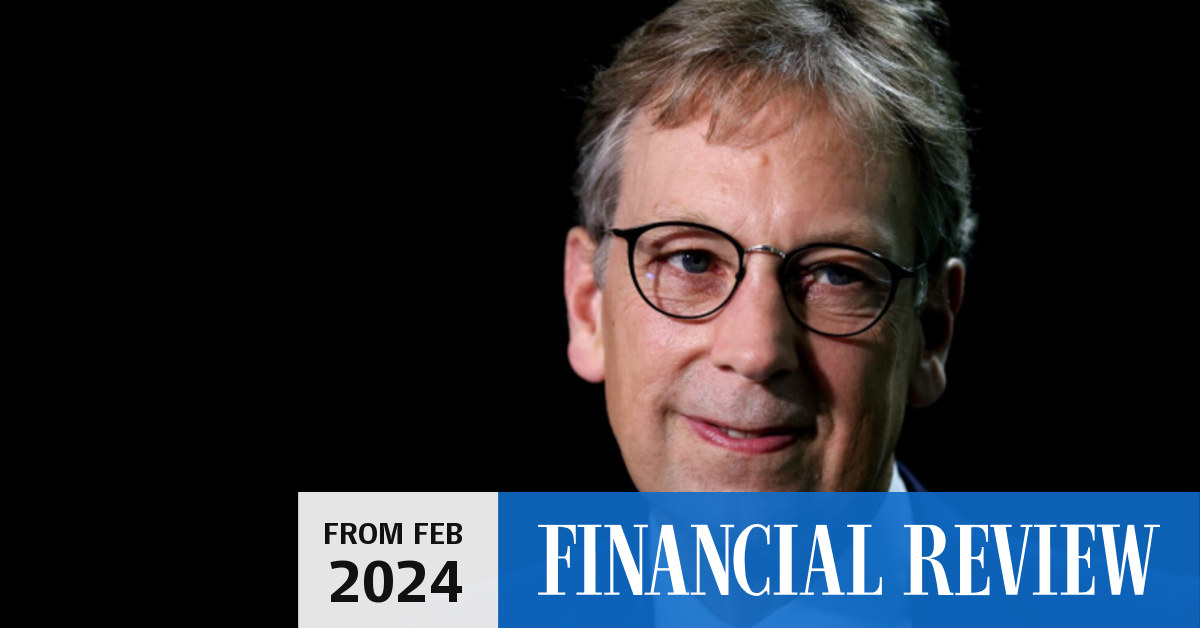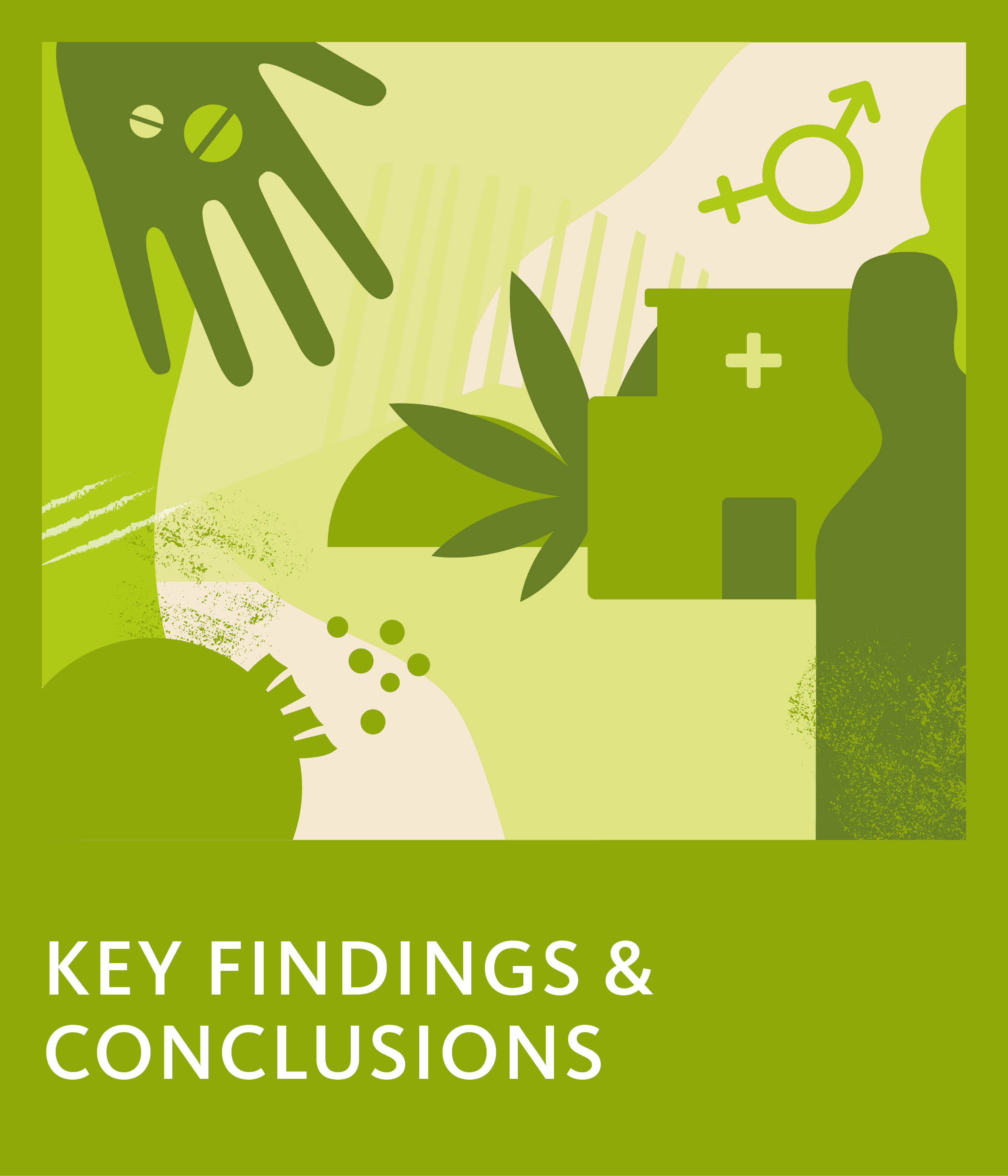Andrew Forrest Vs. Rio Tinto: A Clash Over The Future Of The Pilbara

Table of Contents
Andrew Forrest's Vision for the Pilbara
Andrew Forrest, through his company Fortescue Metals Group (FMG), champions a future for the Pilbara characterized by sustainable mining practices and significant Indigenous participation.
Focus on Sustainability and Indigenous Ownership
Forrest's vision goes beyond simply extracting iron ore. He emphasizes environmentally responsible mining, aiming for a future where the Pilbara's resources are utilized sustainably without compromising its unique ecosystem. A key component of this vision is increasing Indigenous ownership and participation in the region's prosperity.
- Sustainable Mining Initiatives: FMG has invested heavily in renewable energy solutions within its Pilbara operations, aiming to reduce its carbon footprint significantly. This includes developing large-scale solar and wind farms to power its mining activities and the creation of Fortescue Future Industries (FFI), focusing on green hydrogen production.
- Indigenous Land Rights and Participation: Forrest has actively pushed for greater Indigenous ownership and benefits from mining activities in the Pilbara. This includes direct equity participation in FMG projects and initiatives focused on skills development and employment opportunities for Aboriginal communities.
- Investing in Renewable Energy in the Pilbara: FMG's commitment to renewable energy is a cornerstone of Forrest's Pilbara vision, seeking to create a globally competitive green hydrogen industry and reduce reliance on fossil fuels. The ambitious green hydrogen projects underway are a testament to this commitment.
Challenging Rio Tinto's Practices
Forrest has been highly critical of Rio Tinto's environmental record and social impact in the Pilbara, highlighting instances he considers to be insufficiently attentive to sustainability and Indigenous concerns.
- Environmental Concerns: Forrest has publicly questioned Rio Tinto's approach to managing environmental damage related to mining activities, including issues concerning water management and habitat destruction.
- Social Justice Issues: He has also criticized the company's engagement with Indigenous communities, advocating for more meaningful participation and benefit-sharing agreements. Specific incidents and public statements from Forrest regarding these concerns are frequently highlighted in the media.
- Calls for Greater Transparency and Accountability: Forrest’s criticisms often center on a call for greater transparency and accountability from Rio Tinto concerning its environmental and social performance in the Pilbara.
Rio Tinto's Position and Response
Rio Tinto maintains a commitment to responsible mining practices in the Pilbara, emphasizing its significant economic contribution to the region while acknowledging the need for environmental stewardship and community engagement.
Rio Tinto's Approach to Mining in the Pilbara
Rio Tinto highlights its substantial investments in infrastructure, community development, and environmental initiatives throughout its operations in the Pilbara.
- Infrastructure Investment: Rio Tinto has invested billions of dollars in infrastructure development in the Pilbara, creating jobs and improving the region’s connectivity.
- Community Programs: The company outlines various community programs aimed at supporting local communities through education, health, and employment initiatives.
- Environmental Initiatives: Rio Tinto emphasizes its commitment to minimizing environmental impact through various programs, including biodiversity conservation and water management strategies. They often cite data and reports to support these claims.
Counterarguments to Forrest's Criticisms
Rio Tinto regularly responds to criticisms levied by Andrew Forrest, defending its practices and highlighting its efforts towards sustainability and community engagement.
- Addressing Environmental Concerns: Rio Tinto counters environmental criticisms by highlighting its investments in mitigation and rehabilitation efforts. Specific data and reports related to environmental performance are often presented to refute accusations of negligence.
- Engagement with Indigenous Communities: The company emphasizes its ongoing engagement with Indigenous communities, outlining various partnership agreements and initiatives aimed at creating employment opportunities and supporting cultural preservation.
- Rebuttal of Specific Accusations: Rio Tinto will often issue detailed statements responding to specific accusations, providing context and justifications for its actions.
The Broader Implications of the Conflict
The "Andrew Forrest vs. Rio Tinto" debate has far-reaching implications for the Pilbara and the broader mining industry.
Impact on Indigenous Communities
The contrasting approaches of Forrest and Rio Tinto have significantly different implications for Indigenous communities in the Pilbara.
- Land Rights and Ownership: Forrest's emphasis on Indigenous ownership offers the potential for greater economic participation and empowerment, while Rio Tinto's approach faces scrutiny regarding its impact on traditional land rights.
- Employment and Skills Development: Both companies are involved in employment and skills development programs, but their scale and focus differ, influencing job opportunities and economic benefit for Indigenous communities.
- Cultural Heritage Preservation: The long-term implications of mining activities on cultural heritage sites and traditional practices are central to this debate, with differing approaches taken by each entity.
The Future of Mining in the Pilbara
This conflict shapes the future of mining and resource management in the Pilbara and sets the stage for broader industry-wide discussions.
- Sustainable Mining Practices: The debate accelerates the adoption and development of more sustainable mining practices across the industry.
- Increased Indigenous Participation: It highlights the importance of greater Indigenous participation in decision-making and benefit-sharing related to resource extraction.
- Government Regulation: The conflict's outcome will likely influence future government regulations and policies governing mining in Australia, particularly regarding environmental standards and Indigenous rights.
Conclusion: Andrew Forrest vs. Rio Tinto: Shaping the Future of the Pilbara
The conflict between Andrew Forrest and Rio Tinto represents a crucial juncture in determining the future of the Pilbara. Their contrasting visions regarding sustainable mining practices, Indigenous land rights, and environmental stewardship highlight a critical debate within the global mining industry. The key takeaways center on the need for responsible resource management, increased Indigenous participation, and the imperative of balancing economic development with environmental protection. To further engage with this complex issue, research the initiatives of both Fortescue Metals Group and Rio Tinto, follow news coverage of their ongoing activities in the Pilbara, and form your own informed opinion on the future of the Pilbara mining industry and the ongoing "Andrew Forrest vs. Rio Tinto" debate. Consider researching Andrew Forrest's Pilbara vision and Rio Tinto's Pilbara future to gain a comprehensive understanding of this critical discussion.

Featured Posts
-
 Metallica Dublin Aviva Stadium June 2026 Two Night Weekend Announced
May 23, 2025
Metallica Dublin Aviva Stadium June 2026 Two Night Weekend Announced
May 23, 2025 -
 Office 365 Security Breach Millions Stolen From Executive Inboxes
May 23, 2025
Office 365 Security Breach Millions Stolen From Executive Inboxes
May 23, 2025 -
 Big Rig Rock Report 3 12 96 The Rocket Key Findings And Conclusions
May 23, 2025
Big Rig Rock Report 3 12 96 The Rocket Key Findings And Conclusions
May 23, 2025 -
 Employee Quits Receives Profane Tirade From Pub Landlord
May 23, 2025
Employee Quits Receives Profane Tirade From Pub Landlord
May 23, 2025 -
 Zagonetka Imena Zasto Je Vanja Mijatovic Promenila Ime
May 23, 2025
Zagonetka Imena Zasto Je Vanja Mijatovic Promenila Ime
May 23, 2025
Latest Posts
-
 Triumfalnoe Vozvraschenie Kazakhstan V Finale Kubka Billi Dzhin King
May 23, 2025
Triumfalnoe Vozvraschenie Kazakhstan V Finale Kubka Billi Dzhin King
May 23, 2025 -
 Australias Bjk Cup Run Ends In Loss To Kazakhstan
May 23, 2025
Australias Bjk Cup Run Ends In Loss To Kazakhstan
May 23, 2025 -
 Smotret Onlayn Match Rybakinoy Na Turnire S Prizovym Fondom 4 Milliarda
May 23, 2025
Smotret Onlayn Match Rybakinoy Na Turnire S Prizovym Fondom 4 Milliarda
May 23, 2025 -
 Kubok Billi Dzhin King Kazakhstan V Finale V Tretiy Raz
May 23, 2025
Kubok Billi Dzhin King Kazakhstan V Finale V Tretiy Raz
May 23, 2025 -
 Bjk Cup Kazakhstan Wins Australia Eliminated
May 23, 2025
Bjk Cup Kazakhstan Wins Australia Eliminated
May 23, 2025
